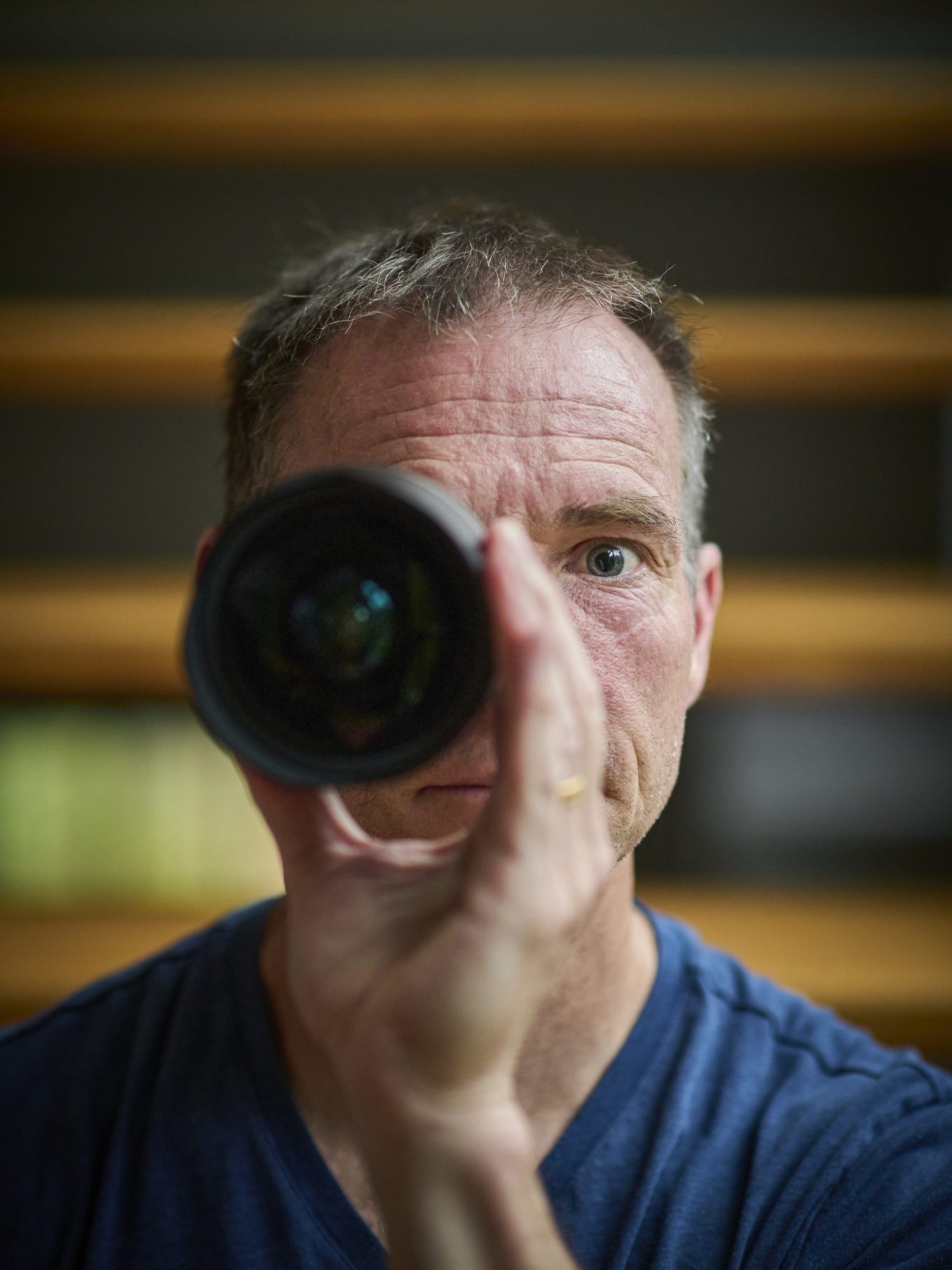Photographer Spotlight : Joe Wallace
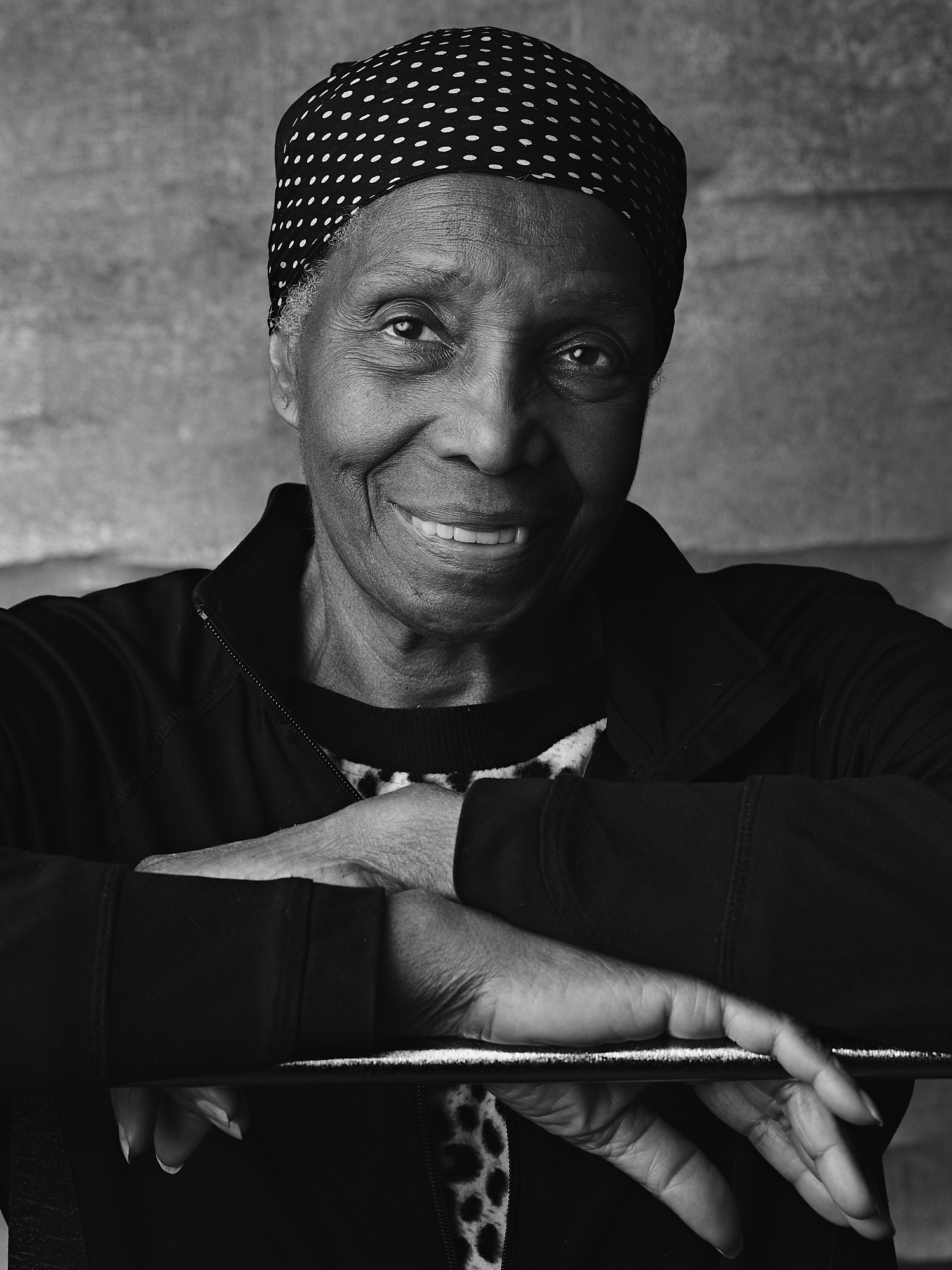
Tell us about you!
I have always loved a good story. Devouring books and films or listening to my grandfather’s amazing adventures. I trained as a writer and spent ten years selling stories in advertising. For the last 20 years, I’ve been telling stories through photographs. My approach to photography applies a fine art sensibility to the journalist’s eye for storytelling. I love crafting an arresting visual narrative and feeding off the spark of collaboration. Whether with a subject, client, or other artists – projects are richer and more rewarding when each person can express their own unique viewpoint. When not behind the camera, you can find me running in the woods, wrestling with my kids, or spinning a ridiculous yarn for anyone who will listen.
My clients include The Andy Roddick Foundation, Archstone, Callaway Golf, Club Car, Ernie Els, Gary Player Group, GlaxoSmithKlein, Jean Michele Cousteau, The Ritz Carlton, Tribeca Film Festival and SAP.
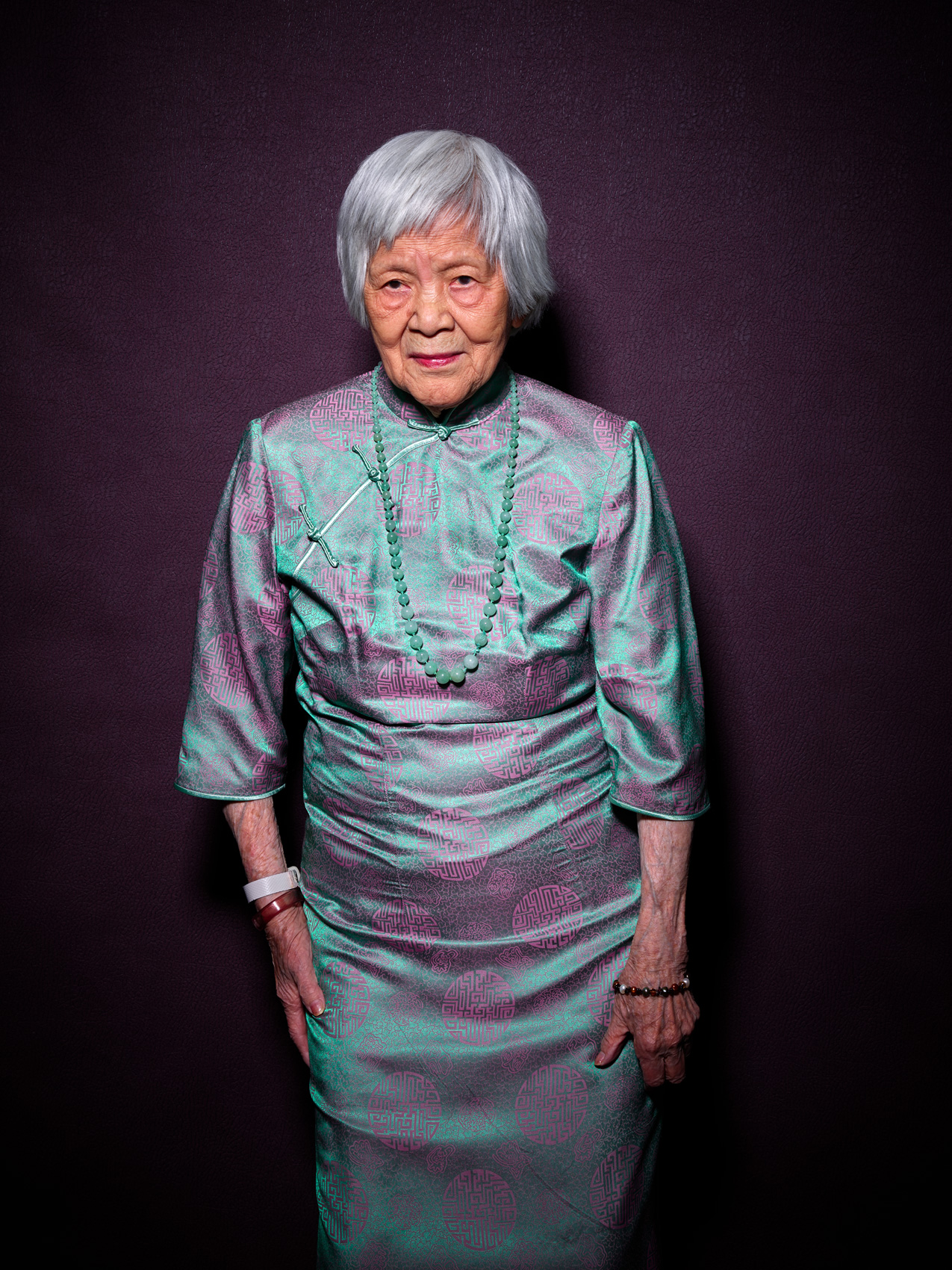
You have stated that you have been a photographer for the past 20 years. What was your first career, and how did it lead you into the photographic world?
I graduated from Boston University with a degree in journalism back in 1994. I wanted to be a photographer but was scared to be penniless and buried in college loans. I took the first job I was offered at an advertising agency in New York and spent 10 years doing that. I went back to school at night, taking classes at the ICP (International Center for Photography). Soon thereafter I quit my job and went out on my own as a photographer and never looked back.
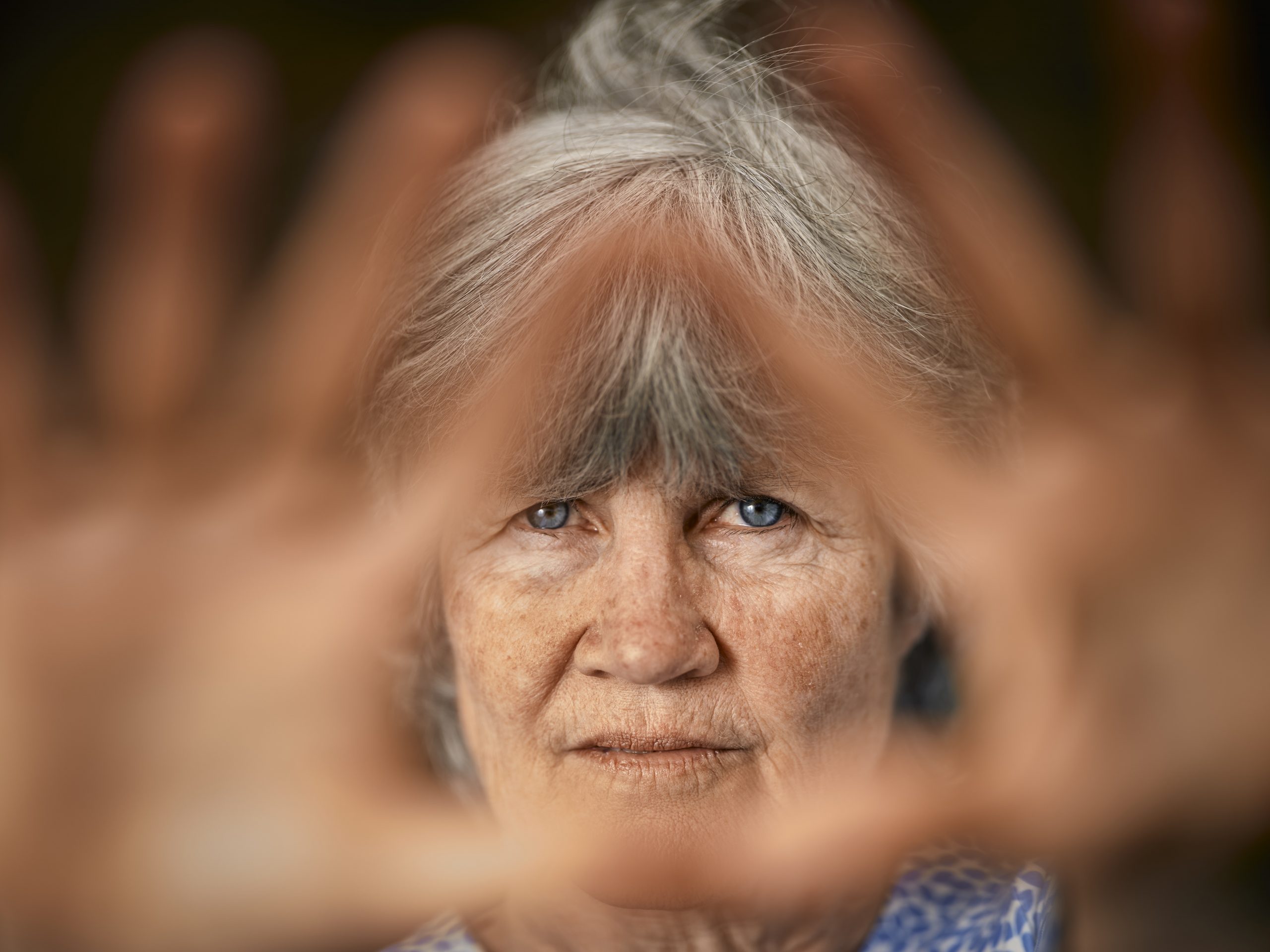
How do your skills and experience as a writer tie into your photographic process?
Building trust and rapport with my subject is paramount to my approach to portraiture. I think to be a good writer you first need to be a good observer and listener. Good narrative and character development are multi-dimensional and always make a more compelling story. I feel like a portrait is a success when it tells a riveting story and invites the viewer to add their own perception and interpretation.
Who are some of your favorite photographers (past or present)?
Yousef Karsh, Arnold Newman, Nadav Kander, Anton Corbijn
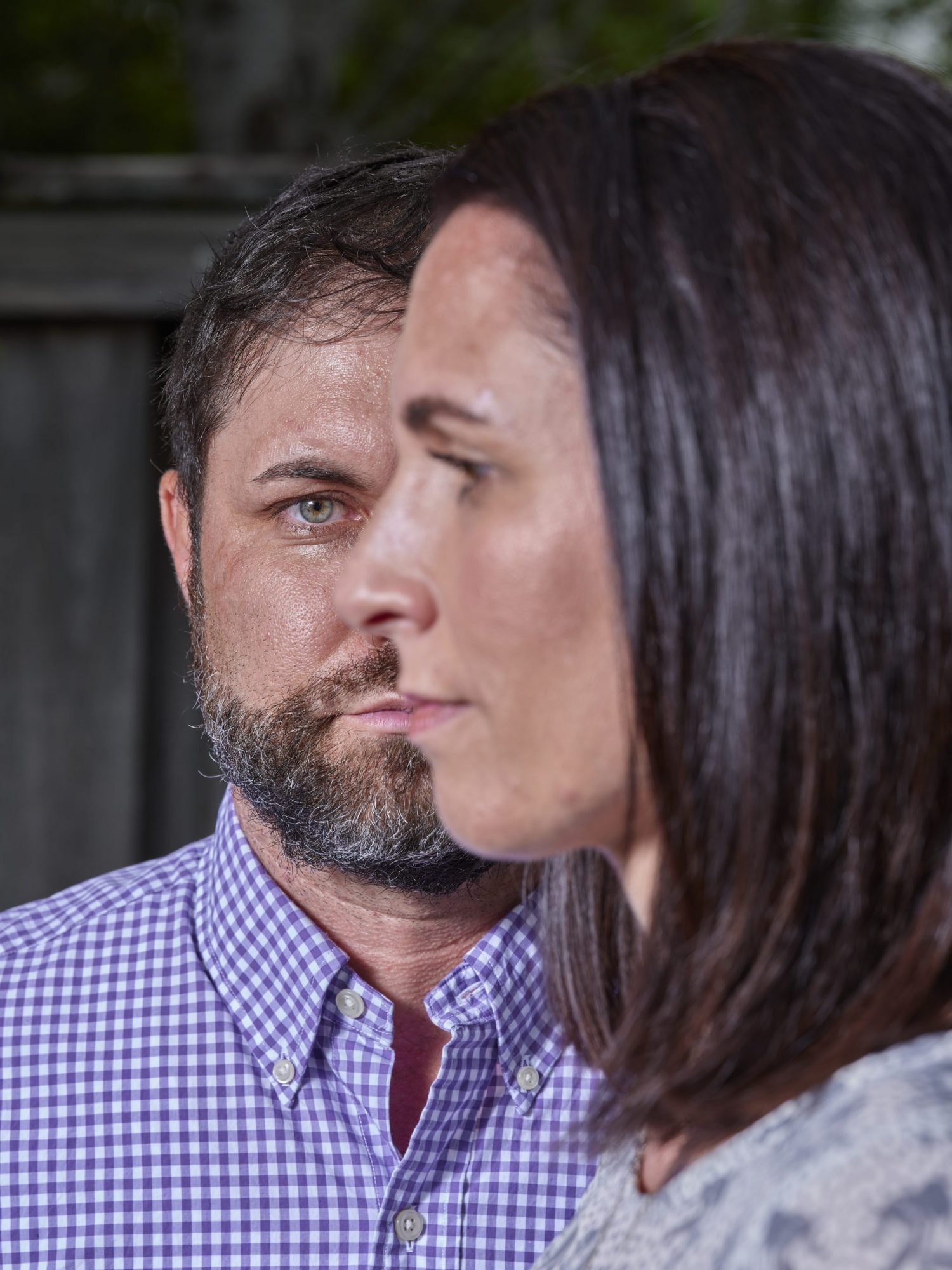
Can you describe a photographically challenging situation that you were confronted with that you were able to resolve on the fly?
For this project I was photographing subjects with varying levels of cognitive impairment. It was very important to build trust and not bring anything into our space that would stress the subject or create anxiety. All the portraits are shot on location. Sometimes in a home. Sometimes in an institutional setting. Each location presented story elements that needed to be considered and addressed – what details in the frame would add to the story? and what details would distract and need to be removed? I never used an assistant. I would work quickly and not use complicated lighting. My profoto b10s were essential. Most of the portraits were shot with a PhaseOne. The last year of work was shot with a Fujifilm GFX. (my answer doesn’t capture the complexity or the challenge very well. I’m happy to talk through any of this on the phone if that’s helpful)


You had a personal journey that led you to create your recent book ” Day after Yesterday” which touches on the realities of younger-onset Alzheimer’s disease. Can you share with us a little about that?
My maternal grandfather and hero, Joe Jenkins, had Alzheimer’s. My maternal grandmother, Elizabeth Ponder (Bebe) had vascular dementia. I was frustrated by the common, one-dimensional narrative of dementia—futility, despair, and loss. These are real and important elements of the dementia journey, but focusing only on the narrowest of views does very little to change the stigma of those living with the disease. In many ways, showing the stereotypical perspectives only makes it easier to continue ignoring the burgeoning health crisis and the individuals themselves.
The goal of this book and the traveling exhibit is to destigmatize those living with dementia. To use empathy as a means of connection and understanding. To tell a more complex and complete story of those living with the disease and its effect on their families and loved ones.
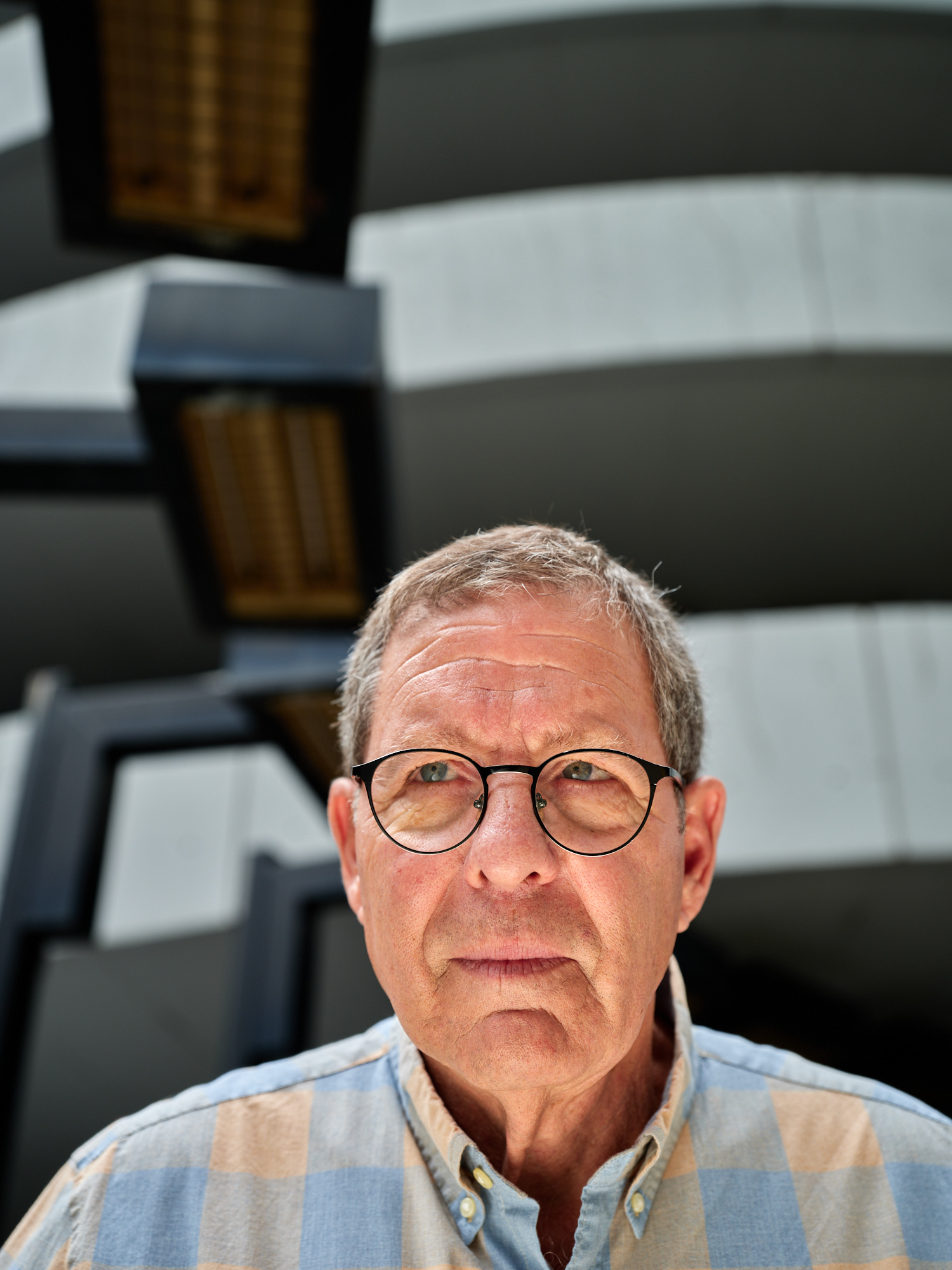
How has your dedication to your book and Alzheimer’s disease changed you and your career?
I’m starting to be approached by ad agencies that specialize in healthcare and also by biotech companies.
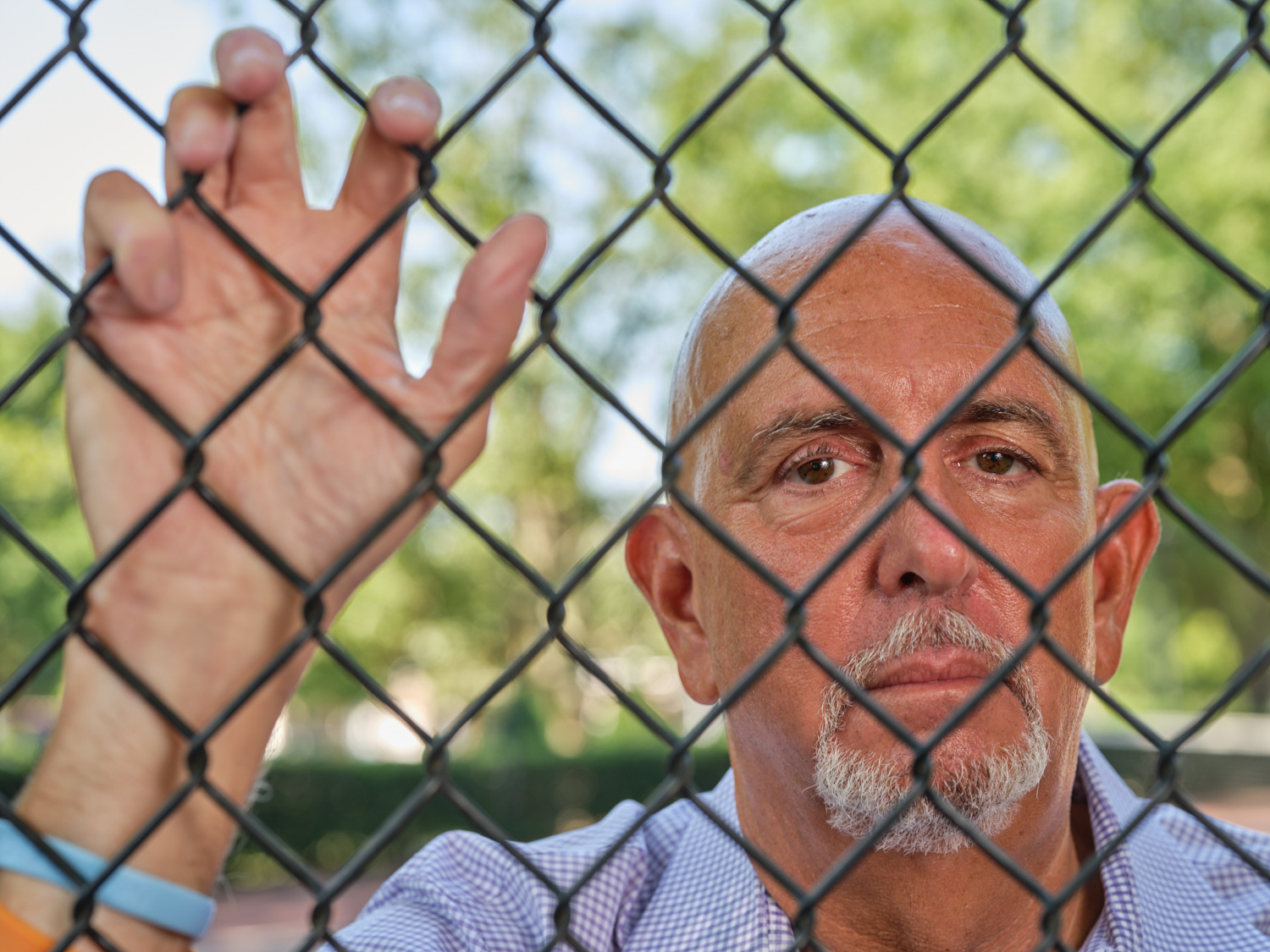
If you were behind your camera and could choose anything you wanted to be in your viewfinder, where would you be, and what would you be looking at?
I’d love to photograph and interview our current political leaders who have opposing views. And then photograph and interview their supporters – both sides. I think the contrast, and lack thereof, in values, priorities, and ideas would be super interesting. And hopefully, make it easier to see someone with opposing ideas as human, too, and worthy of your time.
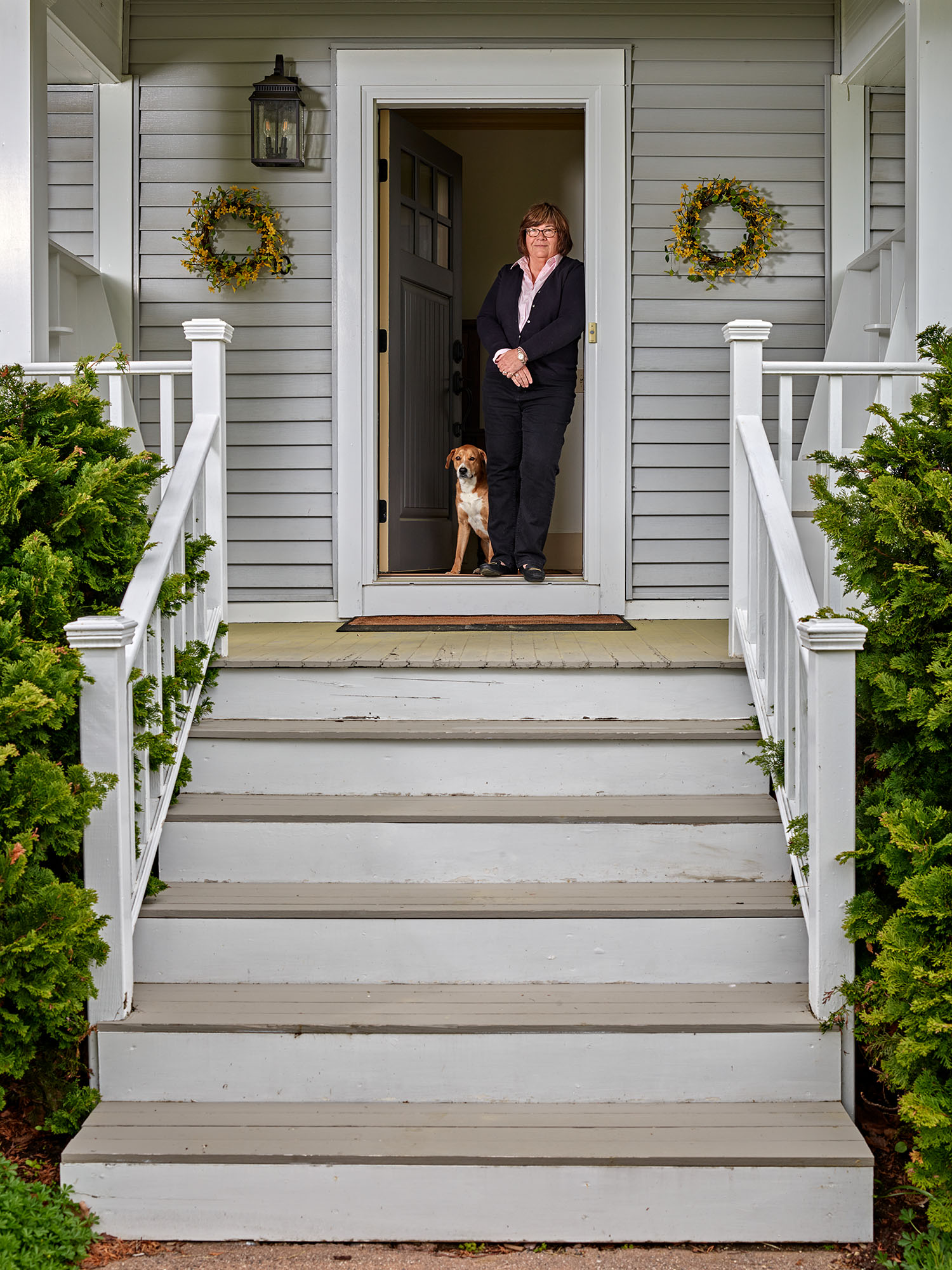
You have been a client of ours for 17 years now, that is a long partnership. Can you tell us why you chose and continue to choose Capture Integration as your gear source in the market?
Trust, candor, humor. One of the best parts of running your own small business is the opportunity to work with people you like, respect, or admire. You can’t get that every time, of course. But Dave has been a valued partner for almost my entire career. I know without a doubt that he will take my calls and be ready to offer assistance with tech issues or give honest feedback about the equipment I might need or not need to solve a photography problem (the creative solution, puzzle solving, all photographers love).
